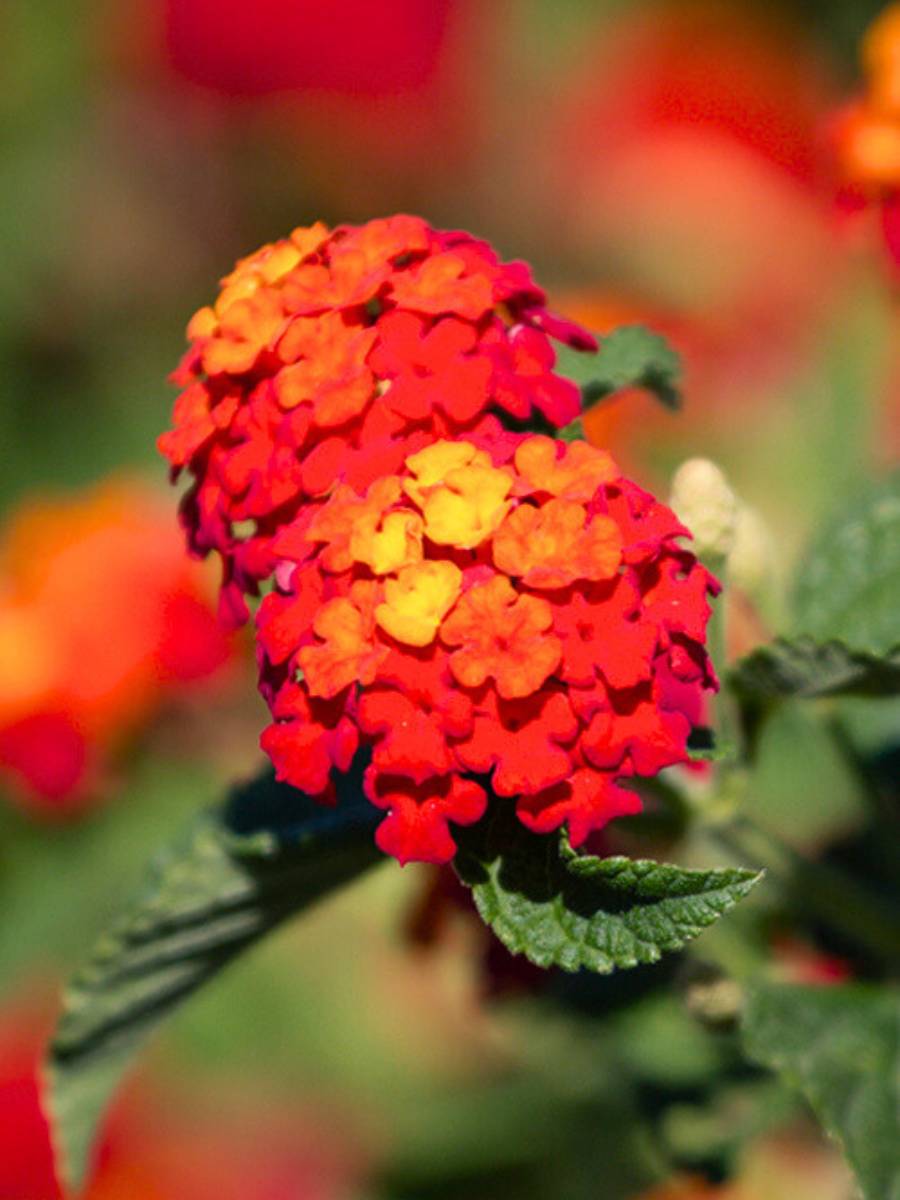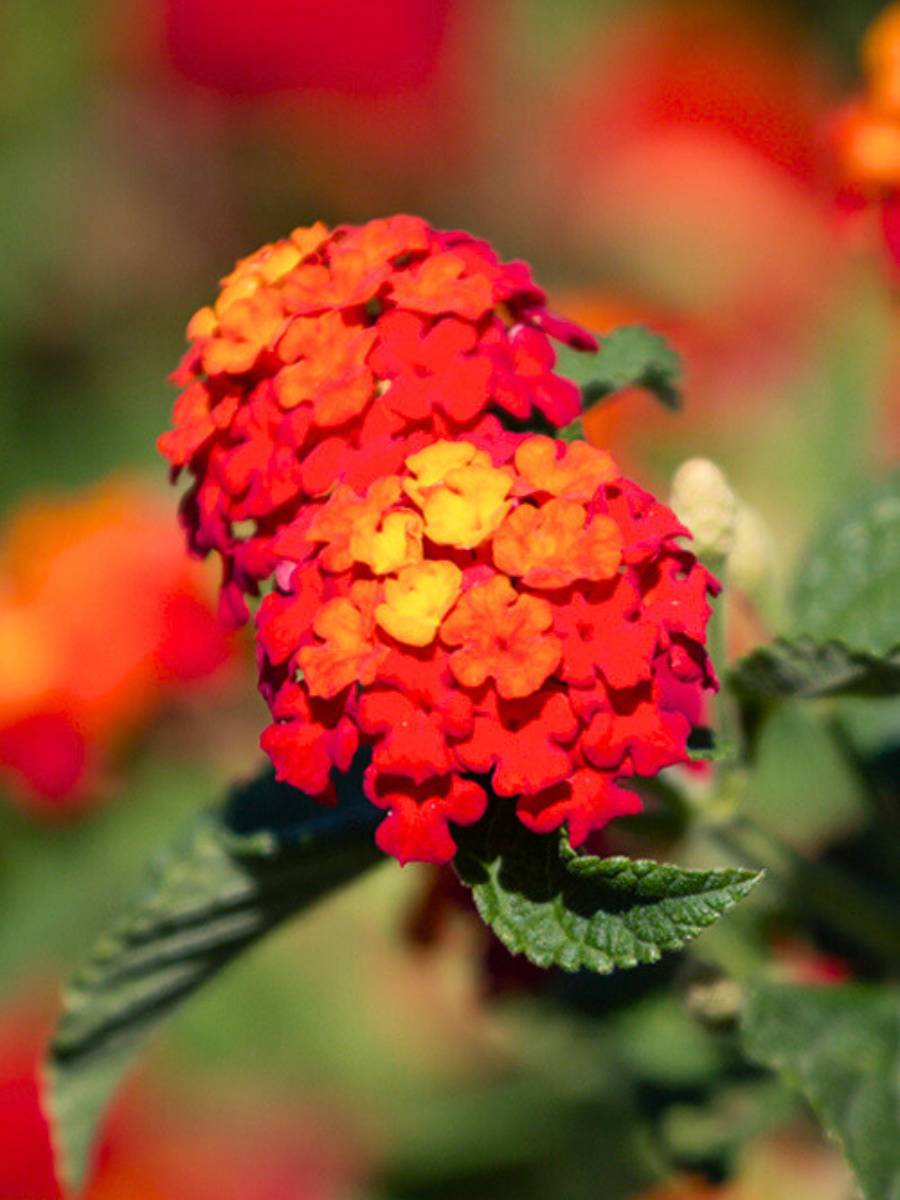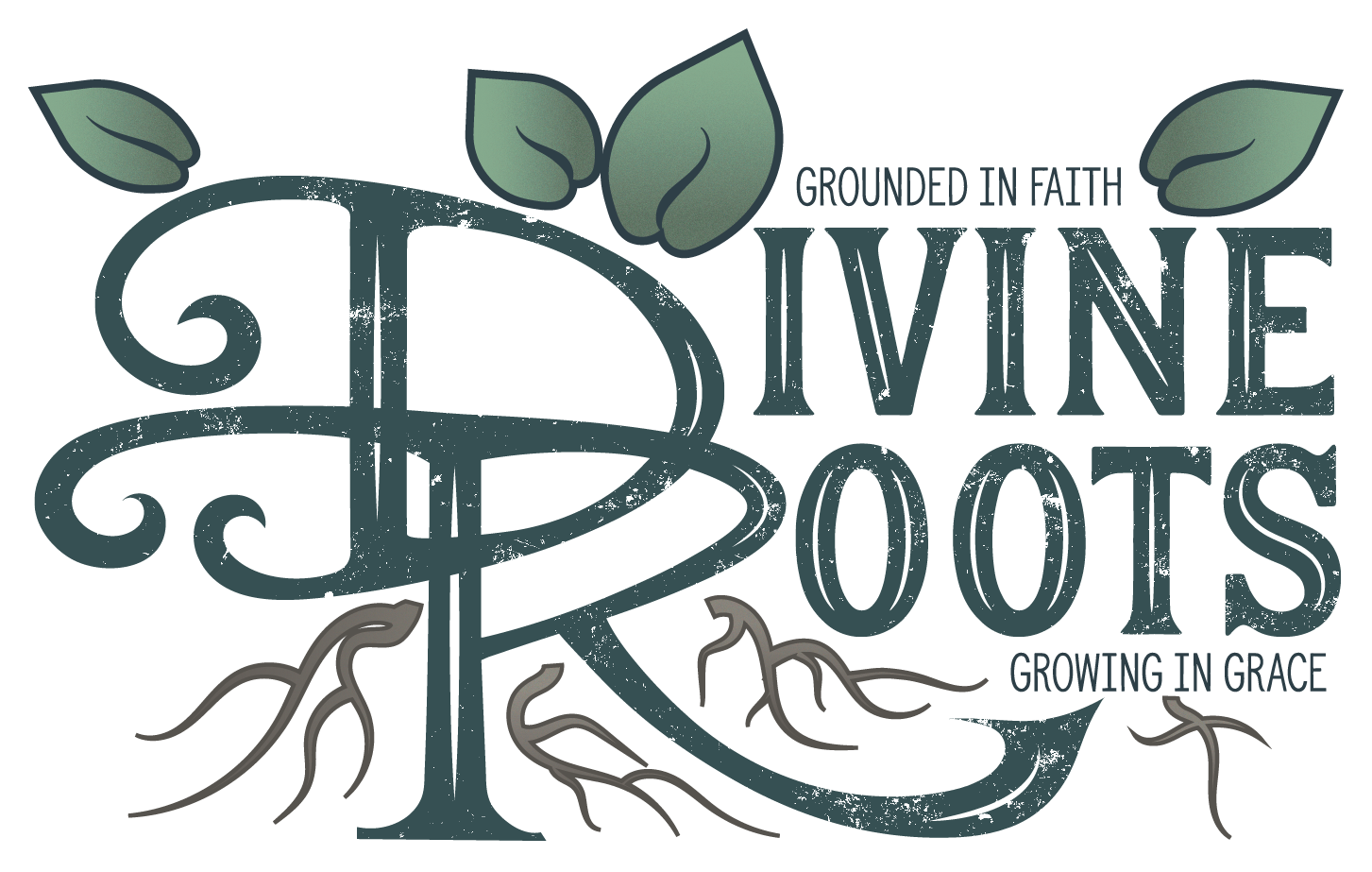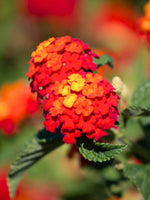
Dallas Red Lantana
$12.79
Unit price perEstimated delivery between 31 October and 02 November.
At Divine Root, we are committed to delivering healthy, high-quality indoor plants to our customers. While we do not accept returns due to the perishable nature of live plants, we offer a 30-day plant health guarantee and store credit for qualifying issues. Please read our Refund Policy carefully to understand how we handle concerns regarding plant health, shipping, and order

Care Guide & Presentation
Dallas Red Lantana: Overview
The Dallas Red Lantana (Lantana camara' Dallas Red') belongs to the Verbenaceae family and is a perennial plant known for its long-lasting color and resilience. Native to tropical and subtropical regions of the Americas, this red lantana plant is admired for its clusters of fiery red and orange flowers that bloom from spring through fall. These blooms not only brighten up gardens but also attract butterflies, bees, and hummingbirds, making it a true pollinator magnet.
In terms of appearance, the red Dallas Lantana grows as a bushy shrub with green foliage that beautifully highlights its vibrant flower clusters. Outdoors, it can reach a height of 3-4 feet with a spread of 4-6 feet, filling garden spaces with striking color. While it thrives best outdoors in sunny garden beds, borders, or containers, it can also be grown indoors in pots placed near sunny windows.
One important note for plant owners: like many lantanas, the Dallas Red is toxic if ingested by pets or livestock, so it should be planted in spots that are safe for curious cats and dogs.
Benefits of Dallas Red Lantana
- Produces vibrant red-orange flowers from spring until frost.
- Attracts butterflies, bees, and hummingbirds with ease.
- Low-maintenance, drought-tolerant, and heat-loving.
- It can be grown as a perennial in warmer regions.
- Excellent for garden beds, walkways, and container planting.
Care Guide
With just a little attention, your Dallas Lantana will thrive and reward you with months of blooms.
Care Guide
Light and Water
- Light: Needs full sun for at least 6 hours daily to bloom at its best.
- Water: Water regularly during the first season, then reduce. Allow soil to dry between waterings to prevent root rot.
Soil and Fertilization
- Soil: Prefers well-draining soil; sandy or loamy mixes work best.
- Fertilizer: Feed lightly with a balanced, slow-release fertilizer during the growing season.
Temperature and Humidity
- Temperature: Thrives in warm climates; ideal range is 20-32 °C. Not frost-tolerant.
- Humidity: Adapts well to normal outdoor humidity but prefers good airflow.
Pruning, Propagating, and Repotting
- Pruning: Trim spent blooms and leggy stems to encourage fresh flowers.
- Propagating: Easily propagated from stem cuttings.
- Repotting: Repot container plants every 2-3 years into fresh soil to support growth.
Common Problems
- Overwatering: Can lead to root rot; always let the soil dry between watering.
- Pests: Occasionally attracts aphids or whiteflies; treat with insecticidal soap if needed.
- Leaf Yellowing: Typically a symptom of excessive water or inadequate drainage.
Best Location and Uses
- Great for sunny garden beds, borders, or pathways.
- Works well in patio containers and hanging baskets.
- Perfect for pollinator-friendly gardens, attracting butterflies, bees, and hummingbirds.
- Excellent choice for drought-tolerant landscapes in warm regions.


